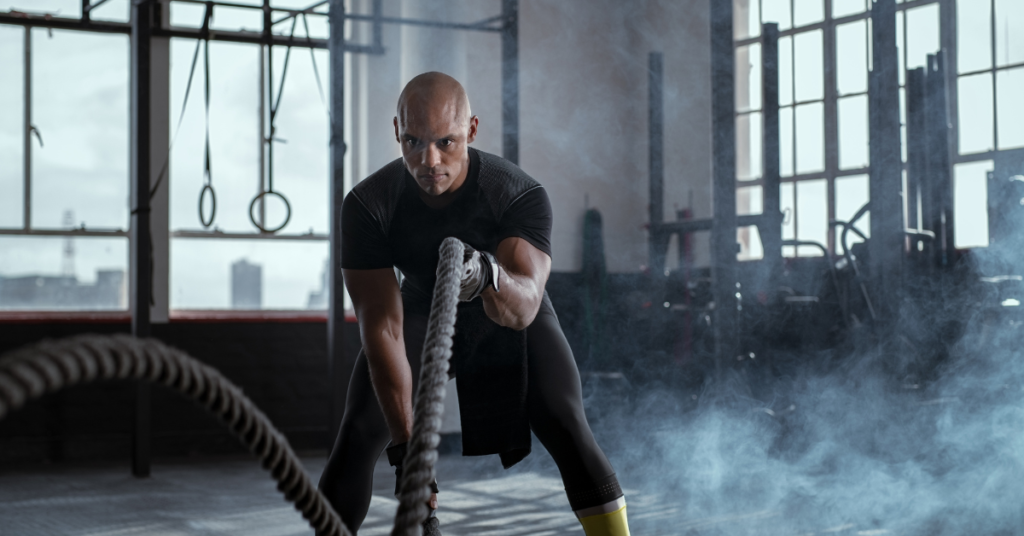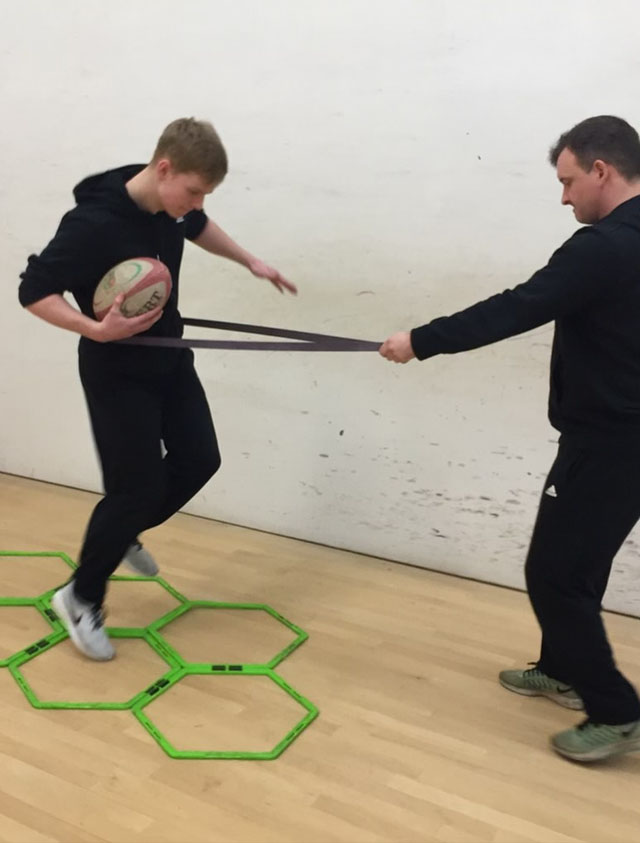CrossFit: A Polarising Fitness Phenomenon
CrossFit, a topic that often sparks intense debates, has gained both ardent followers and strong critics. In this blog, we aim to objectively explore the pros and cons of this fitness regime, known for its cult-like following and intense workouts.
The Appeal of CrossFit
One of CrossFit’s biggest draws is its ability to foster high levels of participation and motivation, as evidenced by its 13,000+ global affiliates. The workout of the day (WOD) and the team environment in CrossFit create a strong sense of challenge and camaraderie, appealing to those who miss the purpose-driven training of organised sports. The variety in training, combining gymnastics, weightlifting, and bodyweight exercises, aims to create a comprehensive fitness regimen.
The Risks and Drawbacks
Despite its popularity, CrossFit has notable drawbacks. The combination of strength, power, and fitness in a single session, particularly with complex movements like Olympic weightlifting, raises concerns among experts. Performing these technically demanding movements under fatigue can lead to increased injury risk, including conditions like rhabdomyolysis. Studies suggest a high injury rate in CrossFit, especially among male participants. Additionally, the intense nature of WODs often leaves participants exhausted, with high levels of fatigue and perceived exertion.
CrossFit vs. Traditional Training Methods
Research indicates that the effectiveness of CrossFit is comparable to standard training methods but with potentially higher risks. The approach of trying to be ‘generally specific’ in training, as CrossFit often claims, can be contradictory to the principles of skill acquisition and biomechanical training.
Advice for Prospective CrossFitters
If you’re considering CrossFit, treat it like a high-risk sport. Prepare by getting fit, learning Olympic weightlifting techniques, and understanding your body’s capabilities in terms of movement and load. Approach CrossFit with caution, being fully aware of the risks and ensuring you’re well-prepared, just as you would for a sport like rugby league.
References:
Wikipedia – CrossFit Overview
Fisher J, Sales A, Carlson L, Steele J. “Motivational Factors in CrossFit.” J Sports Med Phys Fitness.
Weisenthal BM et al. “Injury Rate and Patterns Among CrossFit Athletes.” Orthop J Sports Med.
Drum SN et al. “Perceived Demands in CrossFit.” J Sports Med Phys Fitness.
Knapik JJ. “Extreme Conditioning Programs.” J Spec Oper Med.





